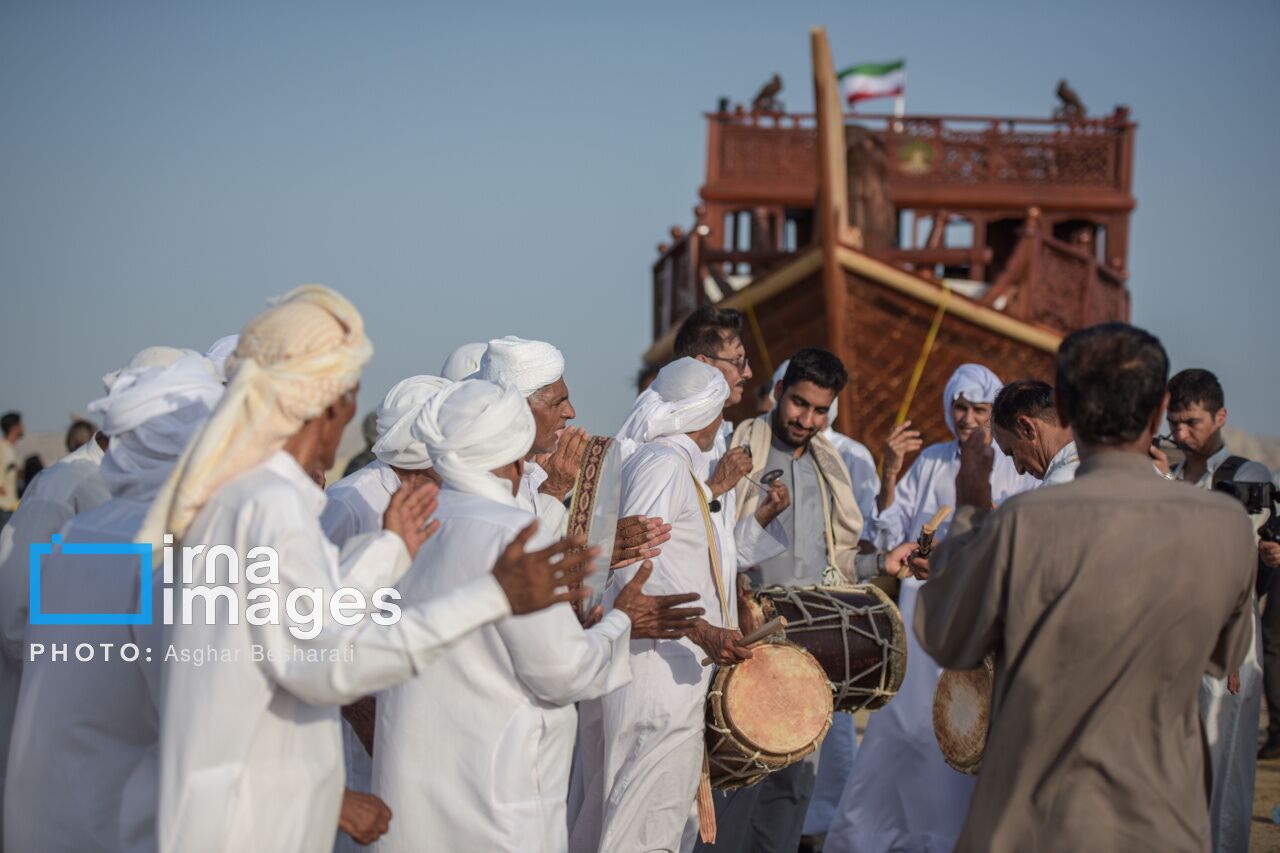Inside the anthropology of Qeshm Island

Qeshm, IRNA – Qeshm, Iran’s largest island in the Persian Gulf, is a living archive of Iran’s cultural and historical legacy, where anthropology meets geography to reveal the deep-rooted identity of its indigenous communities.
An in-depth anthropological study of the island not only enriches our understanding of its native heritage but also offers insights that can drive sustainable tourism and preserve its unique cultural heritage.
Anthropology is a science that explores the social, cultural, and intellectual aspects of communities, particularly focusing on their histories. It plays a key role in highlighting the deep connection between the Qeshm Global Geopark and local identity.
Qeshm is more than just a natural attraction; it has historically served as a vital route for cultural, commercial, and intellectual exchanges among various civilizations, including Arabic, Indian, and African cultures. These influences are evident in the local architecture, cuisine, music, and traditions, making Qeshm a fascinating subject for anthropological study.
One of the park’s notable features is that it houses the first UNESCO Global Geopark in the Middle East, which includes 38 significant geosites, such as Chahkooh Canyon, Stars Valley, Namakdan Cave, and the Hara mangrove forests. However, what truly defines this geopark is the sustainable coexistence of humans and nature, along with the active involvement of the local community in preserving and promoting this rich heritage.
The indigenous people of Qeshm not only serve as guardians of the island’s natural and cultural heritage, but they also actively participate in protecting geosites by engaging in educational programs, establishing eco-lodges, and producing handicrafts. A notable example of this community connection is the historical water structures, such as traditional reservoirs (known as borkeh) and wells, which exemplify the ingenuity and adaptability of the island’s inhabitants in coping with water scarcity.
With a rich historical background dating from the Paleolithic period to the Islamic era, and its strategic location in the Strait of Hormuz, Qeshm has consistently played an important role in trade and cultural exchange. Today, the island is recognized as a regional development center for geoparks in the Middle East and North Africa.
The anthropology of Qeshm indicates that the protection of the geopark and the achievement of sustainable tourism development rely heavily on the involvement of the local community and respect for indigenous knowledge. This inseparable connection between people and the land is essential to understanding Qeshm’s true identity and serves as a successful model for participatory management on a global scale.





